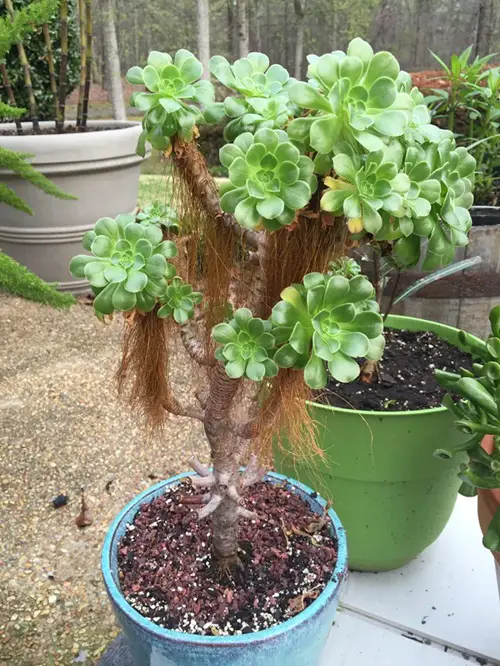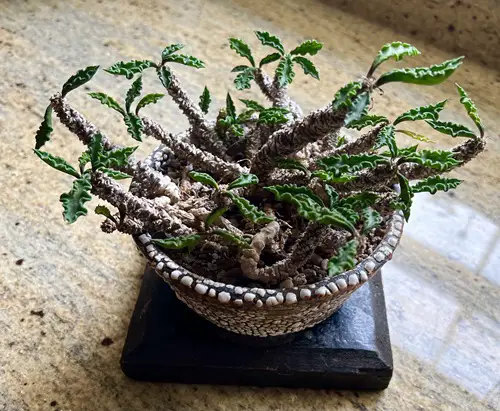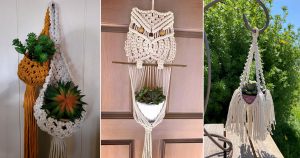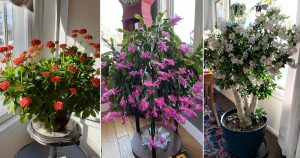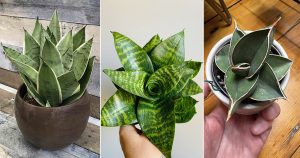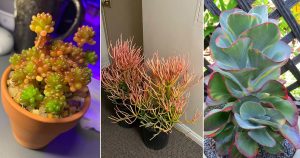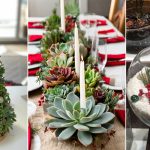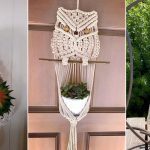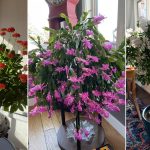Succulents for Bonsai are a great choice for a variety of reasons—ease of maintenance being the most important!
If you are in the mood to try something different for your next gardening project, then try succulents for Bonsai! They are easy to train and look amazing!
Succulents for Bonsai
1. Jade Plant
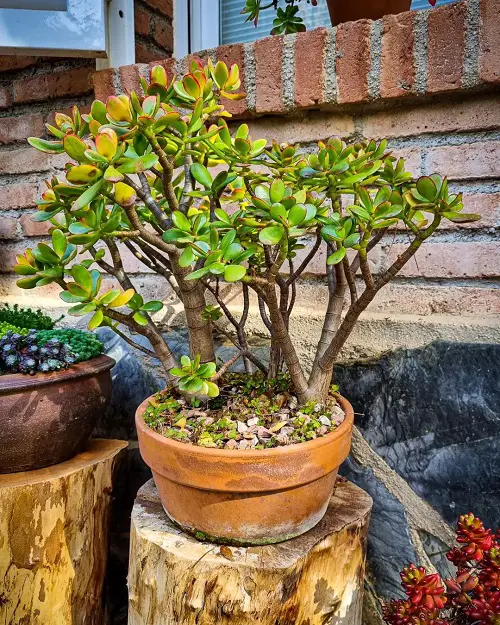
Botanical Name: Crassula ovata
The Jade Plant is a favorite among bonsai lovers for its thick trunk, sturdy branches, and fleshy oval-shaped leaves. This slow-growing beauty can reach a height of around 3-6 feet, but don’t worry—it’s easy to prune and train into a perfect bonsai. Straight from South Africa, it thrives with minimal care and can live for decades if you care for it properly.
Precaution: Jade plants are toxic to pets and humans if ingested, so keep them out of reach of curious hands or paws.
2. Elephant Tree
Botanical Name: Operculicarya decaryi
The Elephant Tree is a unique succulent with a thick, textured trunk that naturally looks like an aged tree. Its fine, feathery leaves look stylish when pruned. This slow-growing succulent can grow up to a height of 10 feet in its natural habitat, but as a bonsai, it stays delightfully compact. It thrives in warm climates and loves bright, indirect sunlight.
3. Balsam Spurge
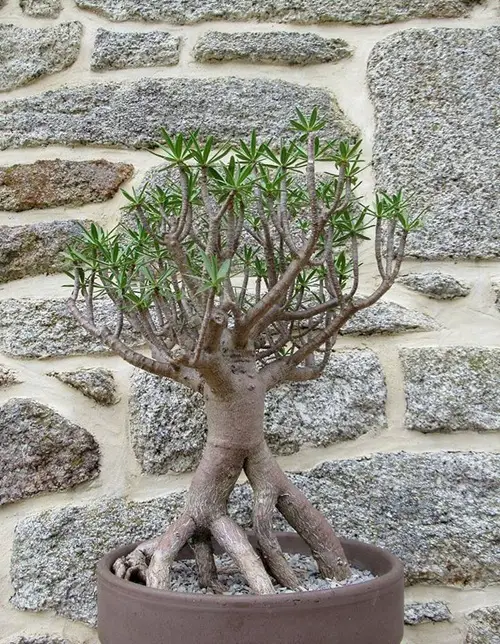
Botanical Name: Euphorbia balsamifera
The Balsam Spurge is a quirky succulent with pencil-like branches and small, sparse leaves. It’s easy to grow and adapts well to various light conditions, so it is beginner-friendly. Euphorbia balsamifera can reach a height of 6 feet, but when trained as a bonsai properly, it becomes an adorable, manageable size.
Be careful of its milky sap, which can irritate the skin and eyes. Plus, always use gloves when handling it.
4. Tree Aeonium
Botanical Name: Aeonium
The Tree Aeonium looks like a bouquet on a stem. Its rosettes of fleshy, waxy leaves are an actual treat, and when shaped as a bonsai, it takes on a graceful, sculptural form. Grows best in mild climates with plenty of sunlight, and its slow growth makes it easy to manage.
5. Crown of Thorns
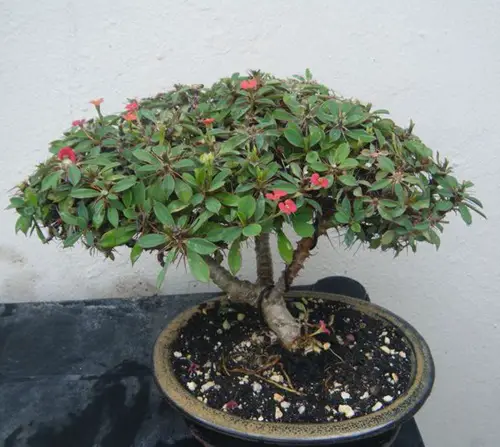
Botanical Name: Euphorbia milii
The Crown of Thorns is a true multitasker—it grows beautifully as a bonsai and offers cheerful flowers in shades of red, pink, or yellow. Its thick, thorny stems are the icing on the cake, while its resilience makes it suitable for beginners. Just provide it with bright light, and it’ll reward you with blooms year-round.
Do note that this plant is also toxic, so keep it in a safe spot away from pets and children. Plus, handle with care—the spines are sharp, and the sap can irritate your skin.
6. Ponytail Palm
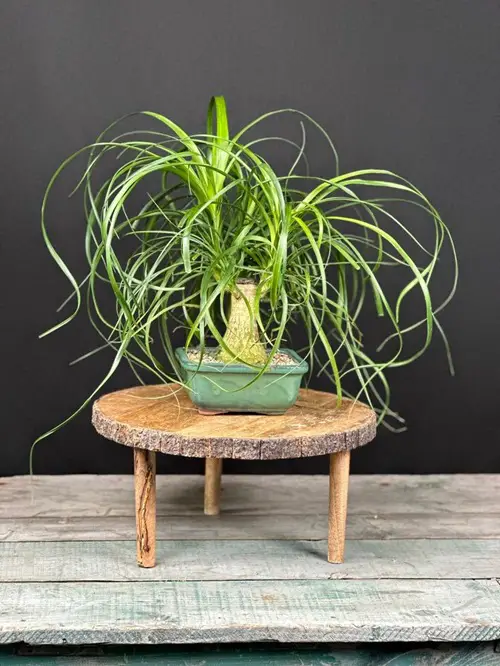
Botanical Name: Beaucarnea recurvata
Don’t let the name fool you—this isn’t a palm! The Ponytail Palm succulent grows to a height of 6-8 feet indoors, but as a bonsai, it stays cutely small. Its swollen base (caudex) stores water, which is why it is drought-resistant and low-maintenance. The cascading, ribbon-like leaves give it a fountain-like look.
7. Desert Rose
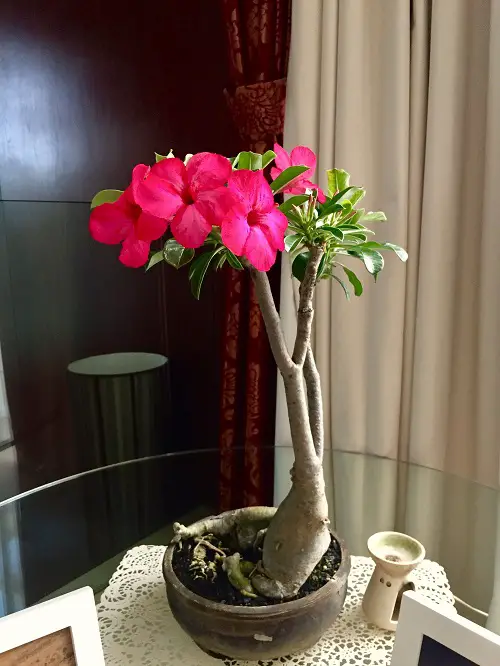
Botanical Name: Adenium obesum
Desert Rose is a small succulent native to Africa that naturally looks like a bonsai, so imagine what you could achieve with a little training! This succulent loves the sun and needs well-draining soil to thrive. Just hold it very carefully as all parts of the plant are highly toxic to humans and animals.
8. Elephant Bush
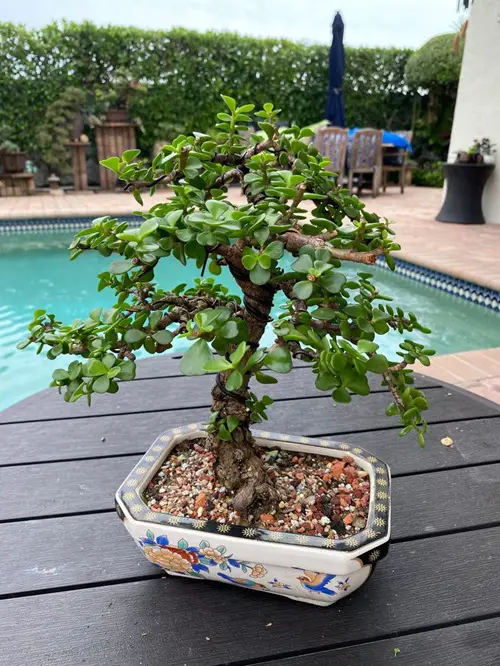
Botanical Name: Portulacaria afra
If you’re new to bonsai, the Elephant Bush is your ideal partner. Its small, rounded leaves and thick stems give it a tree-like appearance. Unlike the Jade Plant, it’s non-toxic, so it is a safe choice for homes with pets. It grows slowly, giving you a good time to perfect its shape.
9. Madagascar Palm
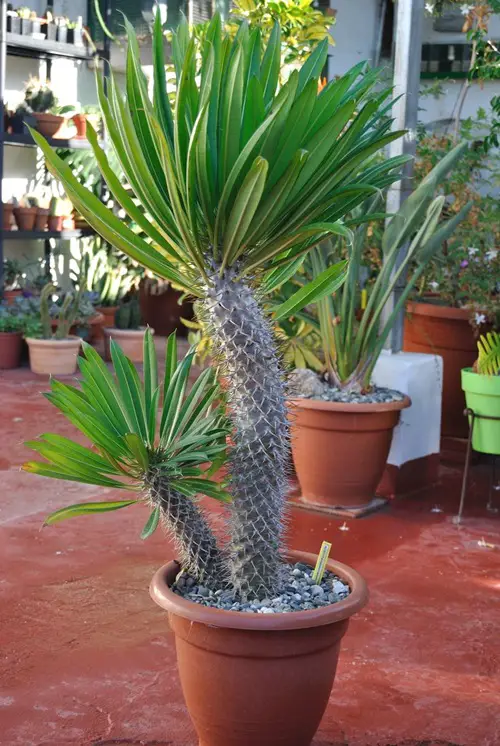
Botanical Name: Pachypodium lamerei
The Madagascar Palm isn’t technically a palm, but it can give you a tropical feel to your bonsai lot. This one is a perfect pic for bonsai lovers with its slender branches, spiny trunk, and palm-like leaves. It thrives best in well-draining soil and bright sunlight!
But, be very vigilant for the spines as they’re sharp, and their sap can harm your skin.
10. Decaryi
Botanical Name: Euphorbia decaryi
You can train Decaryi to be a great bonsai plant for tabletops with the right pruning techniques. Its fleshy stems and small leaves give it a rugged charm. Like other Euphorbias, it’s toxic if ingested, so keep it away from little hands and paws.
Succulents are an exciting choice for bonsai and offer endless creative possibilities. Just remember, most of these plants are toxic, so take precautions while handling them and make sure they’re out of reach from pets and kids. So, which of these succulents would you love to shape into a bonsai? Share your thoughts and tips in the comments below!


